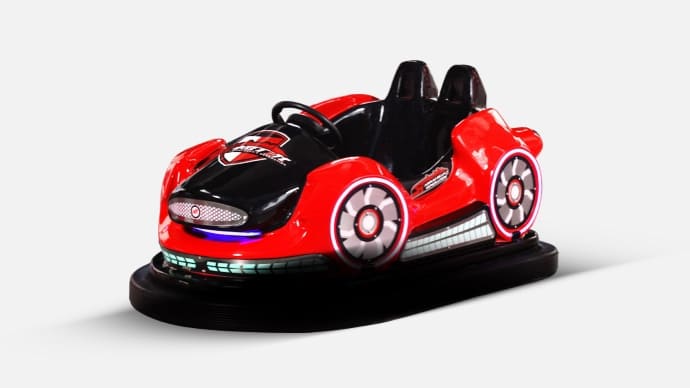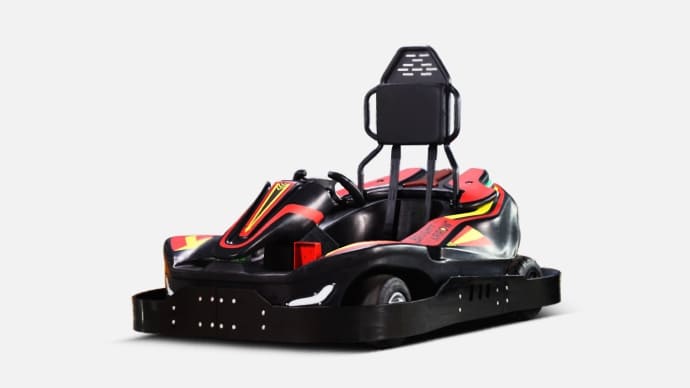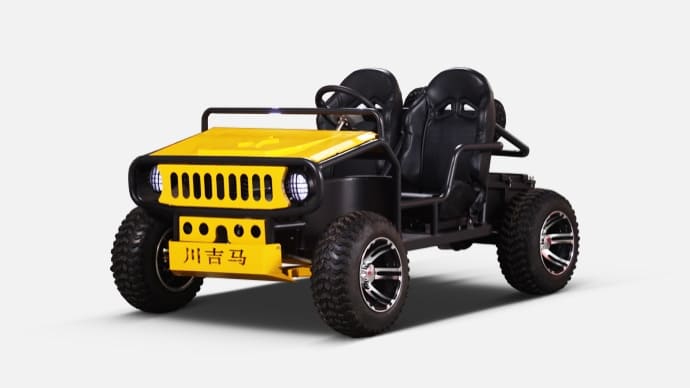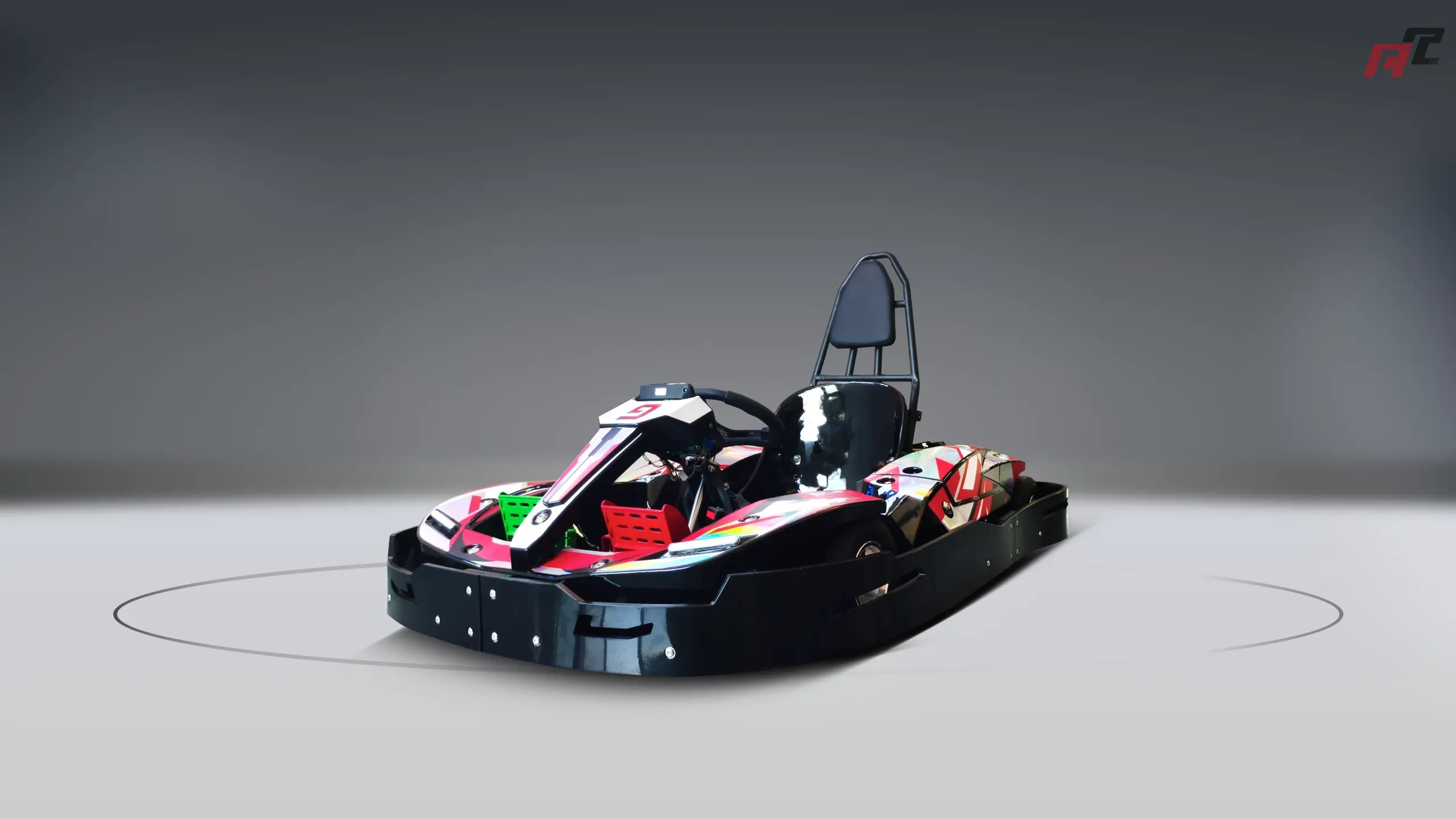what are bumper cars | ANCHI Guide
Dive into the exciting world of bumper cars! Learn about their history, safety features, different types, and maintenance tips. Find out everything you need to know to ensure fun and safe rides with ANCHI.
What Are Bumper Cars? A Comprehensive Guide
Bumper cars, also known as dodgems or dashing cars, are a classic amusement park ride that provides exhilarating, low-impact collisions. These small, electrically powered cars allow riders to bump into each other within a designated arena. Let's explore everything about these electrifying attractions.
What is the history of bumper cars?
The first bumper cars debuted in the United States in the 1920s, quickly becoming a staple of amusement parks and carnivals. According to research, the earliest versions were often unreliable and sparked easily due to rudimentary electrical systems. Over time, improvements in design and safety features made them a more reliable and enjoyable ride. Some sources say the first bumper car was invented in 1921, but widespread adoption and refinement occurred later in the decade.
How do bumper cars work?
Bumper cars are powered by electricity supplied through a grid of overhead wires or, in some modern versions, via a conductive floor. A pole extending from the back of the car connects to this grid, completing the circuit. The driver controls the car's speed and direction with a steering wheel and foot pedal. When the pedal is pressed, the electric motor propels the car forward.
Are bumper cars safe?
Safety is a primary concern in the design and operation of bumper cars. Key safety features include:
- Seatbelts: Most modern bumper cars are equipped with seatbelts to restrain riders during collisions.
- Rubber Bumpers: The cars are encircled by large rubber bumpers to absorb impact and minimize injury.
- Speed Limit: The speed of the cars is carefully controlled to prevent excessively forceful collisions. Typical maximum speeds range from 5 to 7 miles per hour.
- Supervision: Trained operators monitor the ride to ensure riders follow safety guidelines and prevent reckless behavior.
According to the IAAPA (International Association of Amusement Parks and Attractions), bumper cars, when properly maintained and operated, have a relatively good safety record.
What are the different types of bumper cars?
While the core concept remains the same, variations in bumper car design and technology exist:
- Overhead Grid Bumper Cars: The traditional type, powered by an overhead grid of wires. These are still the most common type found in amusement parks.
- Floor Pick-Up Bumper Cars: These newer models draw power from a conductive floor, eliminating the need for an overhead grid. This system is more aesthetically pleasing and reduces maintenance related to the grid.
- Battery-Powered Bumper Cars: These operate on rechargeable batteries, offering increased flexibility in terms of arena design and placement. They are often used in smaller, portable amusement setups.
How are bumper cars maintained?
Regular maintenance is crucial to ensure the safe and reliable operation of bumper cars. Key maintenance tasks include:
- Electrical System Checks: Inspecting and maintaining the electrical components, including wiring, motors, and controls.
- Bumper Inspection: Regularly checking the condition of the rubber bumpers and replacing them when worn or damaged.
- Tire Maintenance: Ensuring proper tire inflation and replacing worn tires.
- Structural Inspection: Examining the car's frame and chassis for any signs of damage or wear.
- Daily Safety Checks: Before operation each day, operators should conduct thorough safety checks, including testing the brakes, steering, and seatbelts.
Proper maintenance schedules, as recommended by the manufacturer, are essential for maximizing the lifespan and safety of bumper car equipment.














